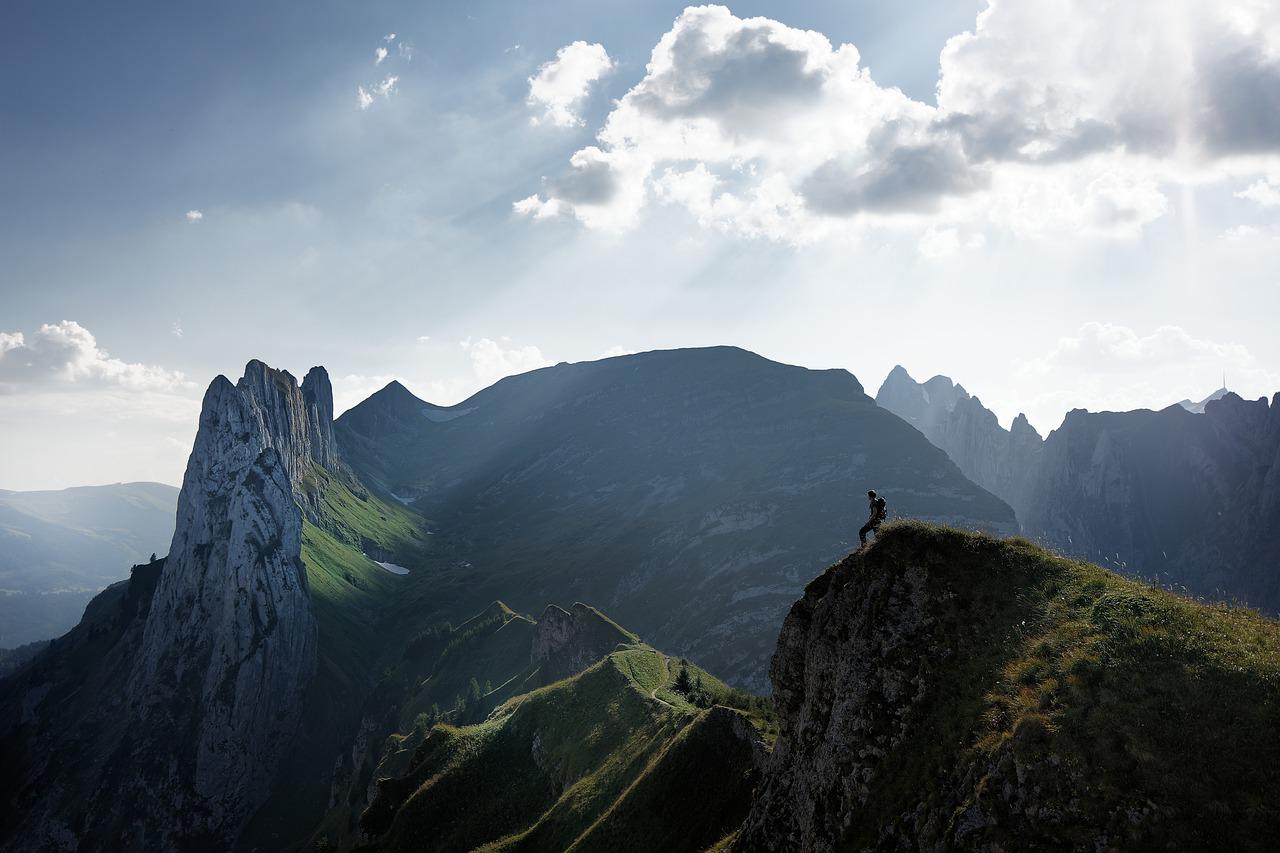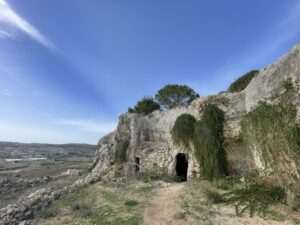Hiking In The Swiss Alps – Summer Destination Guide

Whether your thing is peak bagging, glacier trailing, or hiking through blissfuly beautiful meadows – the Swiss Alps are likely on your bucket list! Here’s what you need to know if you’re heading to the Alps this summer!
Image by ansgarscheffold. CC0
When to go hike the Swiss Alps
The most pleasant months to explore the alps is July and August when the weather is usually dry and warm and the days are nice and long. Do be aware though that even in summer snow can fall, so ensure you pack for every season.
Average temperature in the summer is between 14°C and 21°C
Sunrise approx 6am and sunset approx 9pm
Where to stay in the Swiss Alps
This all depends on the routes you are taking and the type of experience you want to have – the choice is generally between camping – wild or at a designated site, B&B/Hotel, or a mountain hut. In our opinion there are only two options for a true backpack adventure!
Wild Camping – knowing where you can pop up your bivvy can be complicated. For starers you are only allowed to wild camp in the mountains, above the tree line, but not if you are in a nature reserve, hunting ban area, or wild rest zone – having said that you might fall into one of the exception categories. Best bet if you want to sleep under the stars is to contact the local authority when planning your trip to get a definitive answer.
Mountain Hut – the Swiss Alpine Club (SAC) are responsible for the mountain huts in the Swiss Alps, and there are a huge variety over a vast area to squeeze into your hiking itinerary. Some offer no more than a place to sleep for the night, others are more like hostels offering food. Most are dorm-like spaces but some also offer private rooms. All welcome visitors regardless of experience from families on a first-time hike through to experienced mountaineers.

Image by Pfüderi CC0
Fun Facts:
• There are 153 huts and shelters in the Swiss Alps
• The lowest altitude you’ll find a hut is at 1474m
• The highest altitude you’ll find one is an emergency bivouac at 4003m
• The biggest mountain hut in the Swiss Alps has 155 beds
• The smallest has just 8 beds
• The first hut was built in 1863
• At any one time there is room for 9000 people to sleep in mountain huts in the Swiss Alps!
What to watch out for hiking the Swiss Alps
Switzerland is considered a safe country with negligible violent crime, and the alps as you can imagine pose even fewer such risks. Hiking in the alps however brings some risks that you’d expect anywhere in the world with the same terrain. Top things for consideration are:
The weather! It can change at any moment, especially if you are at high altitude.
Beware cattle – especially if there are calves. Attacks do happen, so keep your distance and do not surprise them.
Altitude sickness – know the signs and what to do if altitude sickness hits.
Dehydration – an unsuspecting danger for all hikers – but it can affect your judgement and your performance which can be sketchy if you decide to bag a peak!
Get the right travel insurance!
Having the right travel insurance means that you are covered for the sports and activities you do while you are away and policies can be tailored to suit your itinerary and interests.
Essential Safety Advice: If you need help the recognised sign is six signals per minute followed by a one minute break – either blowing a whistle or shining a torch.

Image by b52_Tresa CC0
Swiss Alps Summer Kit List
• A good pair of closed toe waterproof walking boots. Tip: boots are better because they protect your ankles on uneven terrain.
• Seamless socks
• Breathable comfortable clothes that you can wear inlayers – think base layers, durable trousers (to protect from bushes and rocks), breathable jumper/fleece, light down jacket, and wind and waterproof outer layers.
• Hat, gloves and thermals in case of snow – yes even in summer!
• Sunscreen
• Sunglasses – sports type are best to cut out glare from the sides, and they are less likely to slip off your face!
• Cap to protect from summer sun
• Trekking poles
• First aid kit
• Emergency food such as high protein bars
• A whistle in case of an emergency
• Torch
• A weather resistant paper map of of your routes
• An offline map of your routes – AllTrails is a great app, download before you go!
Don’t forget your travel insurance! Get an online travel insurance quote fast with worldwideinsure.com today!







